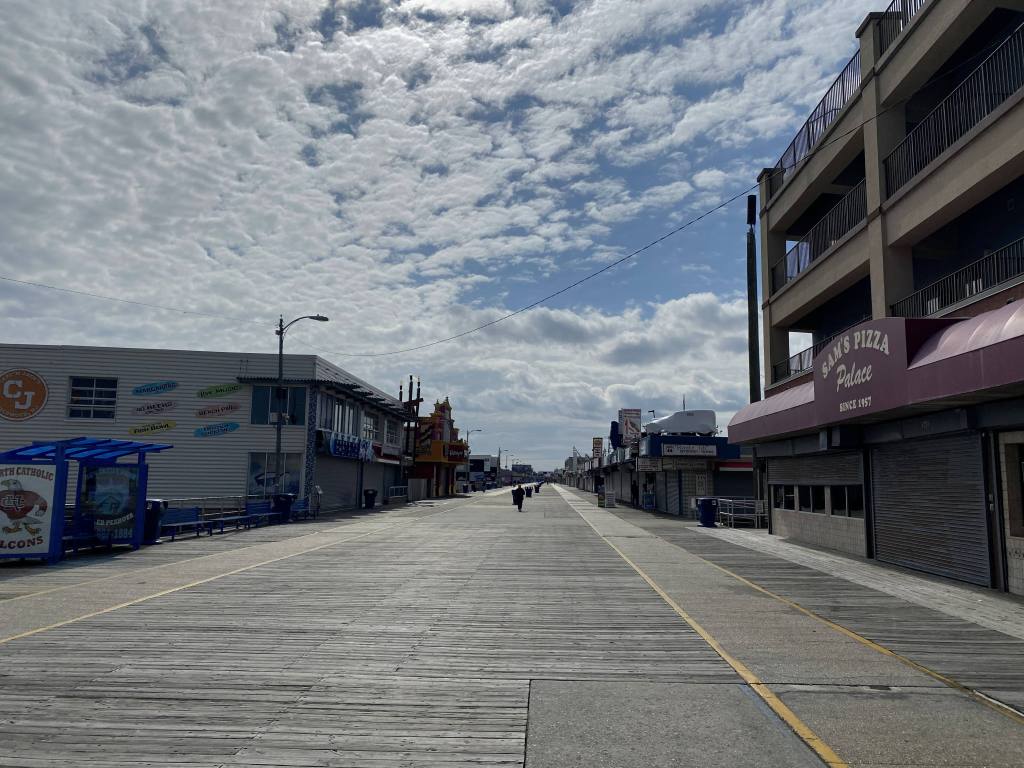Having been born in the late 80s, I remember Saturday night TV through a child’s eyes. Unfortunately, most of the people who were on it have now either died, been Yewtreed, or gone nuts. But one man from those days has endured: the undisputed king of 90s Saturday night TV, Noel Edmonds. The success of Noel and his sidekick Mr Blobby’s show Noel’s House Party allowed them to attract such celebrity heavyweights as Ken Dodd and Teddy Sheringham, and eventually led to them achieving a Christmas number one with the eponymous hit “Mr Blobby“.
Riding off their TV success, Noel opened the Somerset-based amusement park Crinkley Bottom in 1994, aiming to bring family fun to the people of the West Country. Unfortunately, that was to be the year of the backlash – the New York Times railed against Blobby, claiming he was “a metaphor for a nation gone soft in the head”. With its figurehead exposed as a luminous metaphor for the demented British everyman, Crinkley Bottom failed to capture the public imagination. The site was eventually forced to close in 1996.
Videos by VICE
The area has since been renovated as a hotel and wildlife park. However, situated in a nearby woodland remains a giant dilapidated grotto named Dunblobbin, which is where Blobby moved after he was no longer allowed to physically assault Edmonds on television. With Blobby long dead, his corpse hanging off a rail in a BBC costume department somewhere, his abandoned home has gone unprotected, ravaged by the elements and (allegedly) gangs of destructive ravers.
After an intensive evening searching the internet for clues, I was able to ascertain the rough co-ordinates of Blobby’s abandoned property. Packing into a car with a couple of friends, we made off down to Somerset.
After a few hours on the road, we arrived in the picturesque village of Cricket St Thomas. After a short wander, we stumbled across the entrance to Dunblobbin. Getting past this Trojan barricade of a plank propped up by two mesh bins was a bit of a struggle, but after the two seconds it took to walk around the outside of the bins, we managed to make our way through the short, shadowy passageway beyond.
The tunnel opened to reveal this. Nestled in the undergrowth, behind fungus-splattered pink decorative orbs and rustic white-picket fencing, was the lair of Mr Blobby. We cautiously continued down the path to where the front door once stood, wondering if squatters might have taken up residence inside. But the only shock we got was a bat waking up and flying out of a window above our heads.
My eyes quickly adjusted to a scene of abject devastation. Blobby’s broadcasting career was marked by destructive and deeply anti-social tendencies, which – I realised, as I surveyed all of the broken polystyrene shit in his house – amounted to one long, desperate cry for help. Blobby wasn’t a figure of light entertainment, he was a creature on the edge – working through his demons by gunking low-level British celebrities every Saturday night. Once he lost that outlet, it was evident that things had taken a turn for the worse.
Every room we entered was more depressing than the last. There was probably a time in the past when someone would have been prepared to pay at least £5 for this Mr Blobby mouse mat. Now it was just lying here, waiting for me to come along so it could destroy all of my childhood memories.
Possibly the only spotted polystyrene object still intact was a tatty Blobby toilet. The paint-splattered throne had been deliberately positioned in front of a novelty bathroom mirror. Perhaps a feral, post-homelessness Blobby had mournfully returned here, spending his days shitting and crying while staring at the washed-out monster he’d become. Or maybe someone who’d been there before me just moved it. Either way, it was pretty gut-wrenching.
As I gazed into the toilet bowl, I made an executive decision: the toilet was coming back to London with me. Mr Blobby was no longer just a one-dimensional fictional character. He was a deeply troubled, complex individual. A child sees the postman as jolly old Postman Pat, the adult wonders if he intends to fuck his wife. That’s kind of how I felt about Blobby’s toilet, but a bit more sad.
As I carried the toilet back towards the car, I was suddenly struck with guilt. But I suppose that’s the problem with being a child of the internet generation: you can’t really let anything die or fade away, even mascots from 90s TV shows who were never even that entertaining in the first place.
Perhaps the toilet is a stark reminder that its better to sometimes simply forget. Rather than becoming fibre-optic bullshit or Tumblr fodder, Blobby’s bog is better kept an uncharted curiosity. You might be asking yourself: “Why do I now know the harrowing tale of Blobby’s Toilet?” And the answer is: “You may never have known or needed to.”
Which is why I found a new home for it in an art gallery.
More times we’ve wandered around theme parks:



